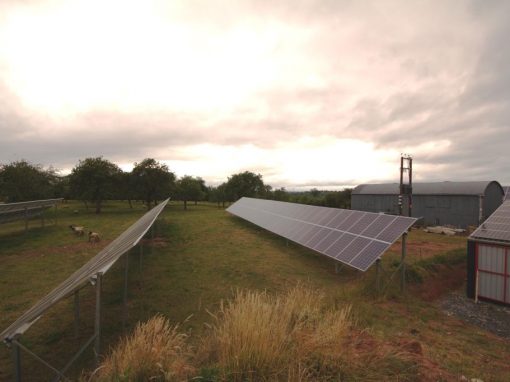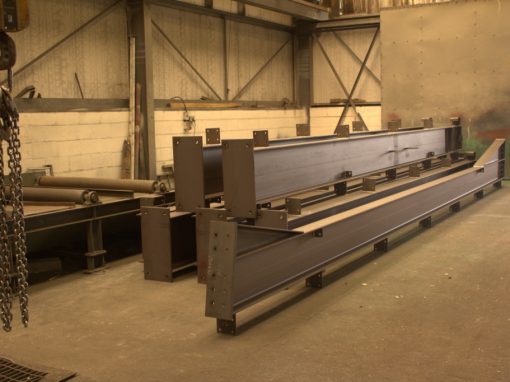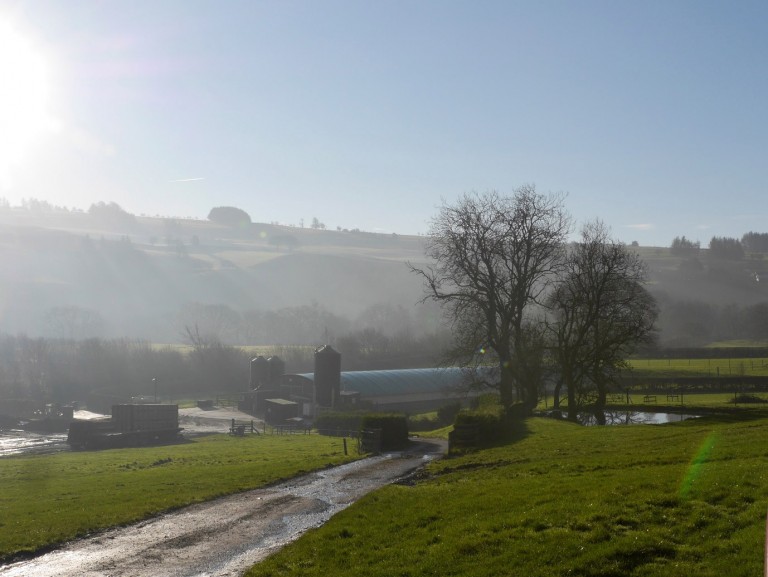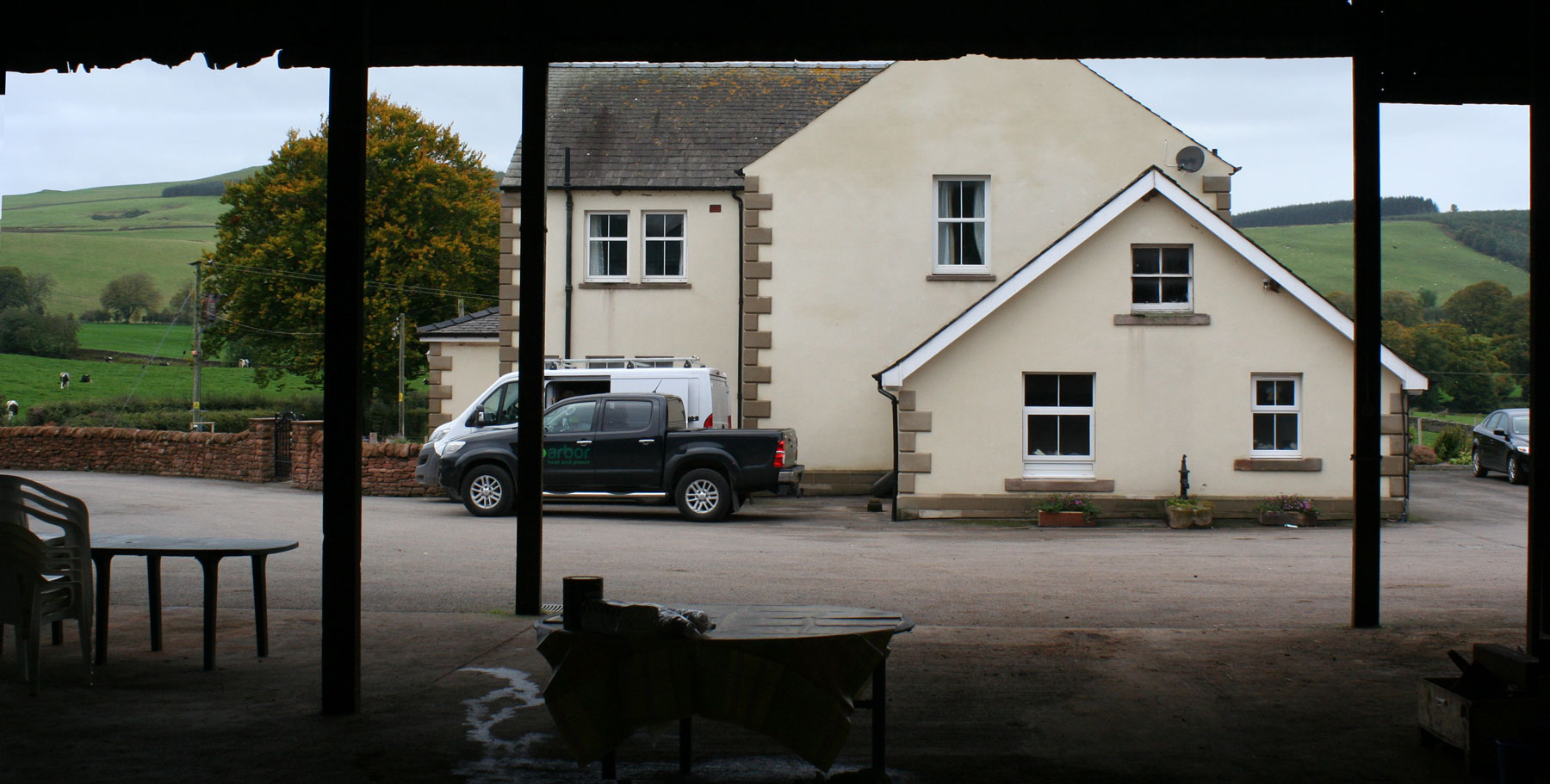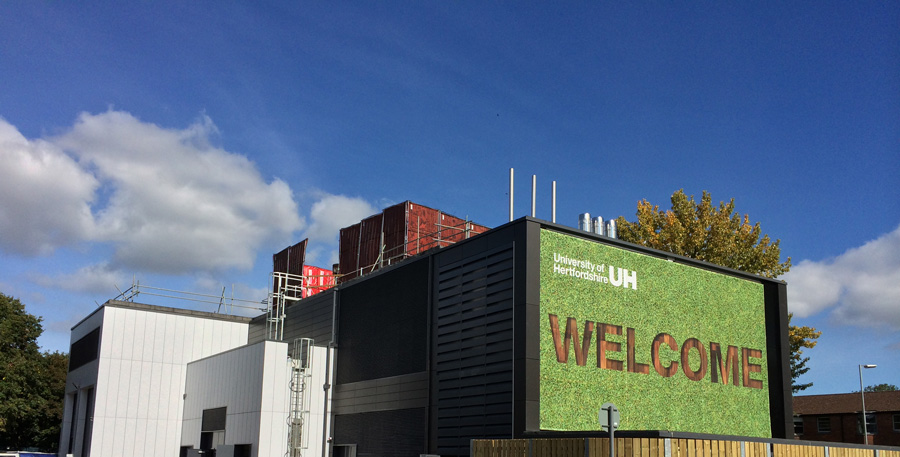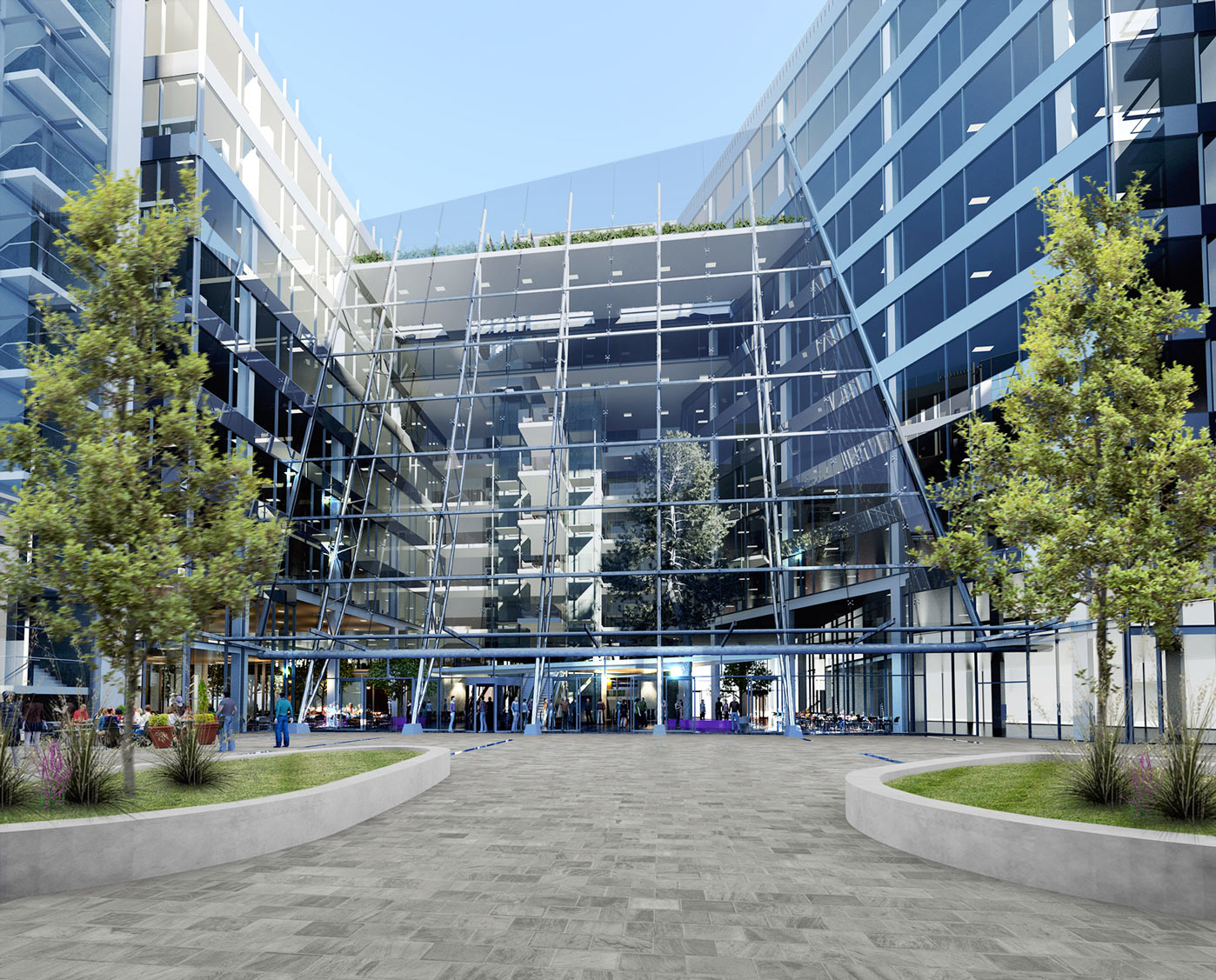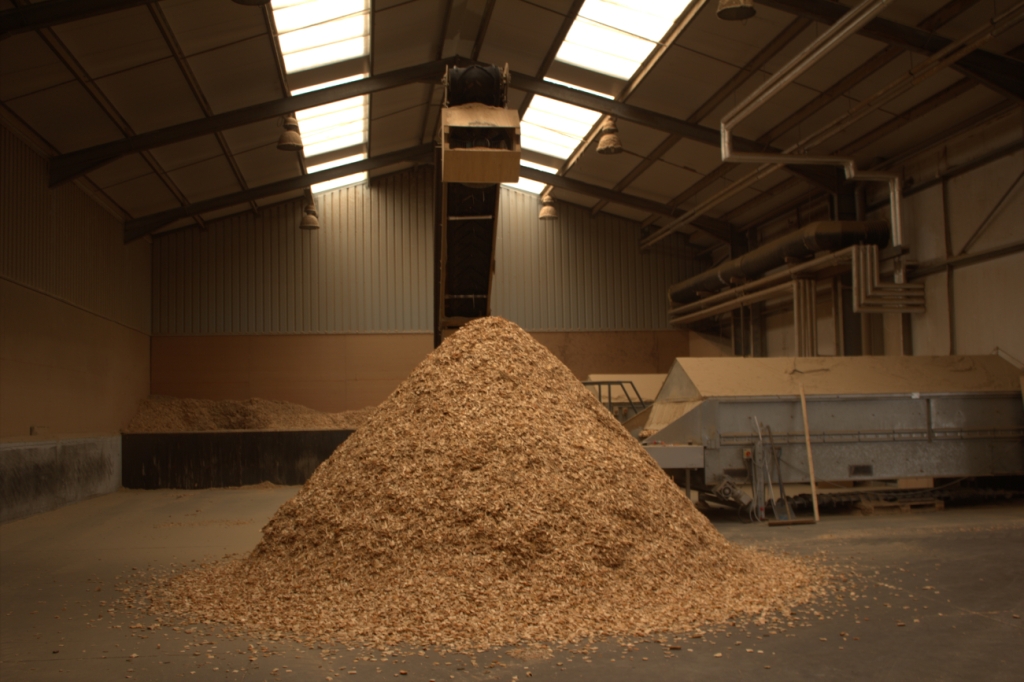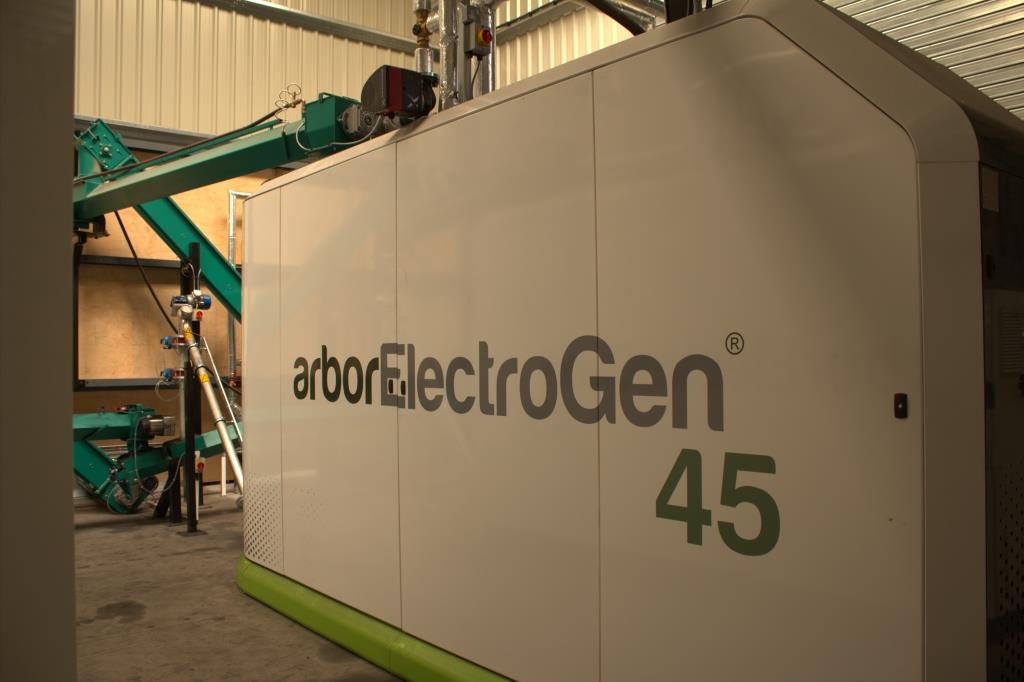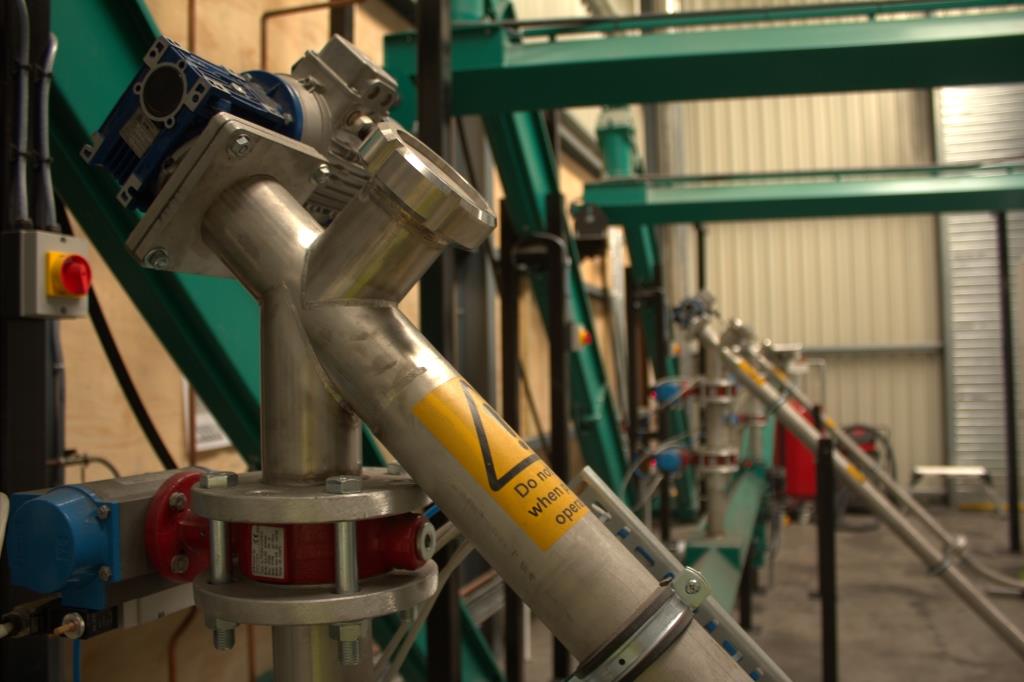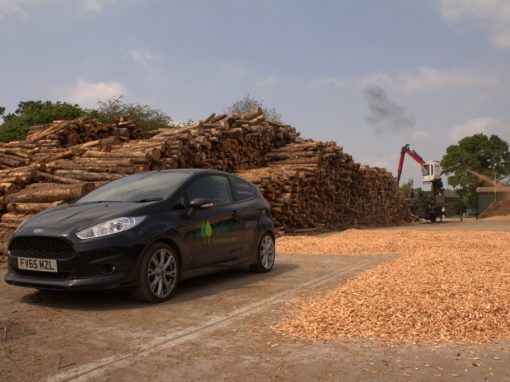John Ruck Construction
Leominster, Herefordshire
The arborElectroGen 45 units are a great design because they are compact and slick, so they can easily fit into a building.
I would definitely recommend them to anyone considering biogas CHP systems.
John Ruck Construction was founded in 1976 by John Ruck himself. John has been involved with steel fabrication since he was a boy and remains MD today, but the business has grown substantially over the years and now operates from purpose built premises in Herefordshire.
JRC design, fabricate, erect and clad steel framed buildings. We have a dedicated team of engineers, designers, draughtsmen, suppliers, fabricators and installation crew. Collectively, this allows JRC to provide you with a complete service for all types of structural steelwork construction projects.
With renewable energy is becoming a more and more popular energy source in the UK. Wood fuel is not only a sustainable option but has low carbon and all trees sourced are replanted. In addition to the steel frame business John has developed a separate successful woodchip production company, Elms Green Woodchip. The team John has developed at Elms Green Woodchip have years of experience in the industry and a fantastic reputation for their reliability and quality wood supplies.
With the two business operating out of the same purpose built premises John was looking for a way to reduce his energy bills with a technology that complimented his existing site demands. John has had an interest in renewables for some time, with the development of his site he started looking into CHP. The arborElectrogen45 was the perfect solution that not only would be able to offset much of his existing electricity demand but would provide sufficient heat to add to the drying capacity of his existing operation and offset the need for space heating in his fabrication workshops.
Because of the high energy demands of the site John actually required a bank of three arborElectroGen45 systems to be installed. Each system works independently to feed heat to different buildings within the premises, and simultaneously generate electricity that for the most part is use to offset electricity that would have otherwise come from the National Grid, but outside of working hours will be exporting back to the grid. The site itself will become a net exporter of electricity.
Not only will these systems offset a significant proportion of the sites energy demands but this coupled with the substantial benefits from the renewable incentives of Renewable Obligation Certificates (ROC’s) and Renewable Heat Incentive (RHI) means that the systems will provide an extremely attractive annual revenue to the site.
MWh of renewable electricity per year
MWh of renewable heat per year
tonnes of CO2 saving per year
Other Case Studies

